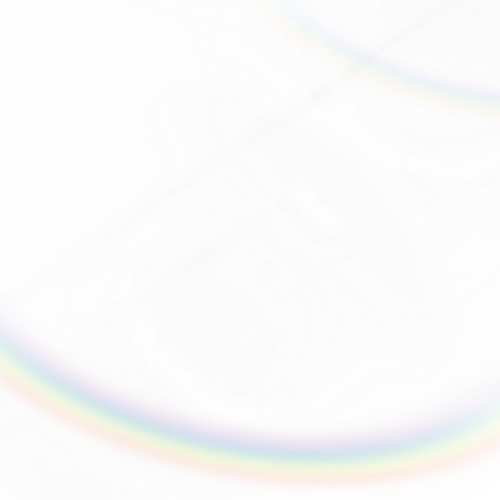9 Biophilic Design Elements That Transform Summer Spaces
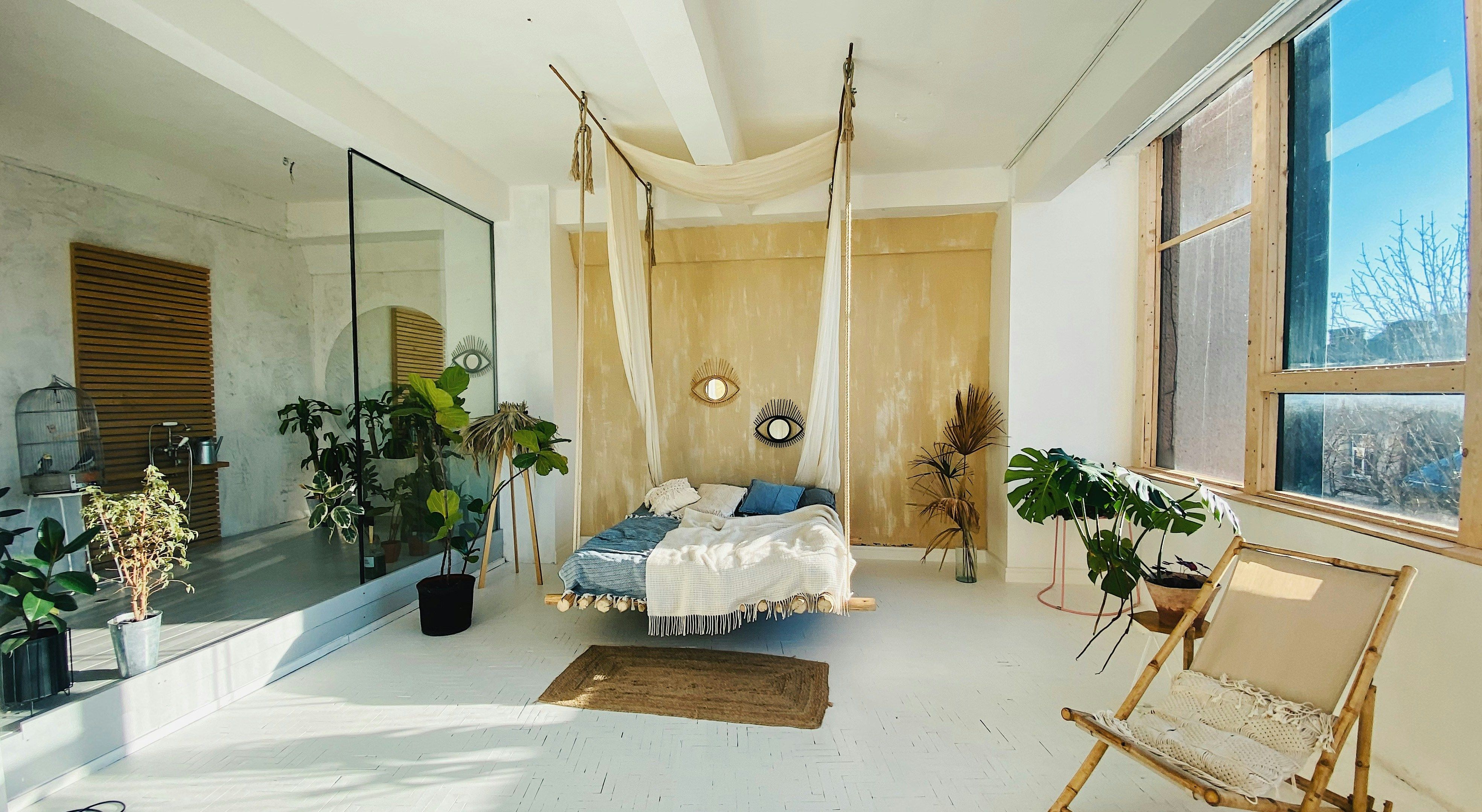
Refreshing living spaces for summer is a fun project, so take inspiration from the beautiful weather and lean into biophilic interior design elements. Merging your design with elements from the natural world can create gorgeous homes. Use some transformative strategies to make any summer space a biophilic haven.
1. Sheer Curtain Panels
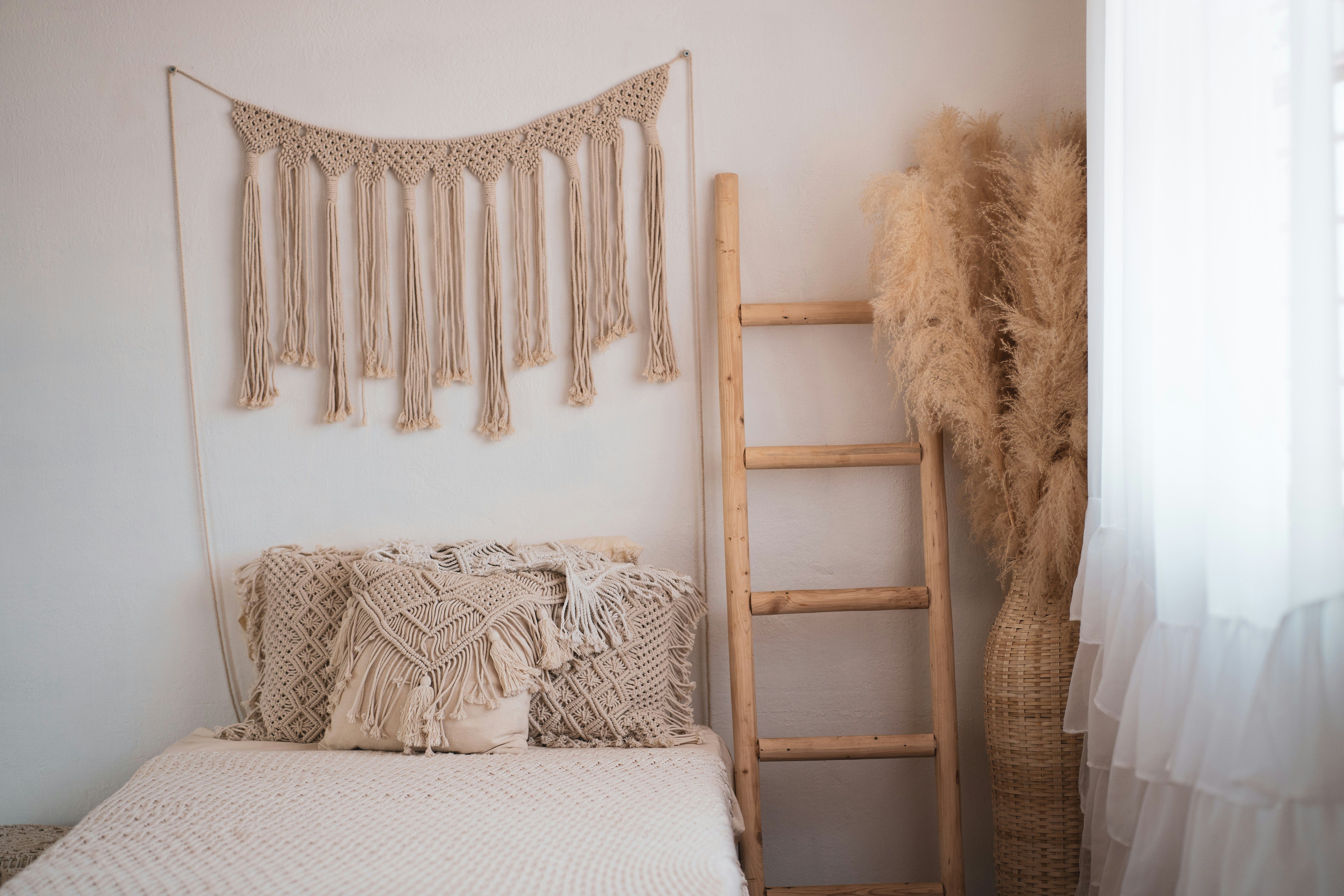
Sunlight is a powerful component of any biophilic home. Compared to artificial lights, people who get more sunlight exposure through windows have fewer low moods.
While you might want to add windows to your home or a client’s indoor space, you don’t have to undertake a big project. Hang sheer curtain panels on windows and doors instead. You’ll maintain a sense of household privacy while letting more sunlight in.
2. Vertical Indoor Gardens
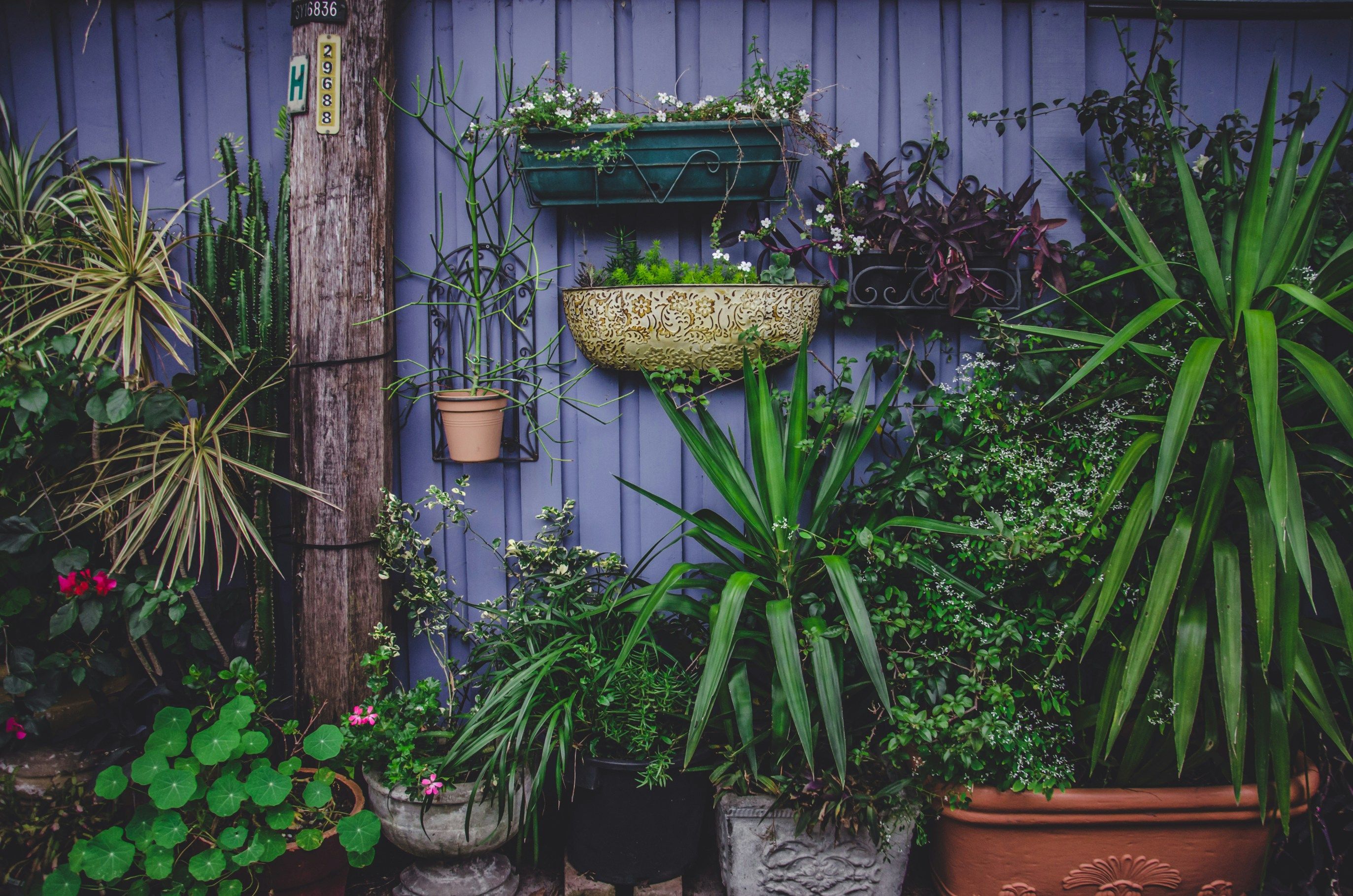
Using space strategically is foundational to any good interior design project. Vertical gardens could become a helpful biophilic resource when you or a client runs out of floor space. Indoor and outdoor plant shelves can house stunning greenery. Other furniture choices, like decorative ladders or bookshelves, could double as garden stands if single shelving isn’t an option.
3. Green Wall Fencing
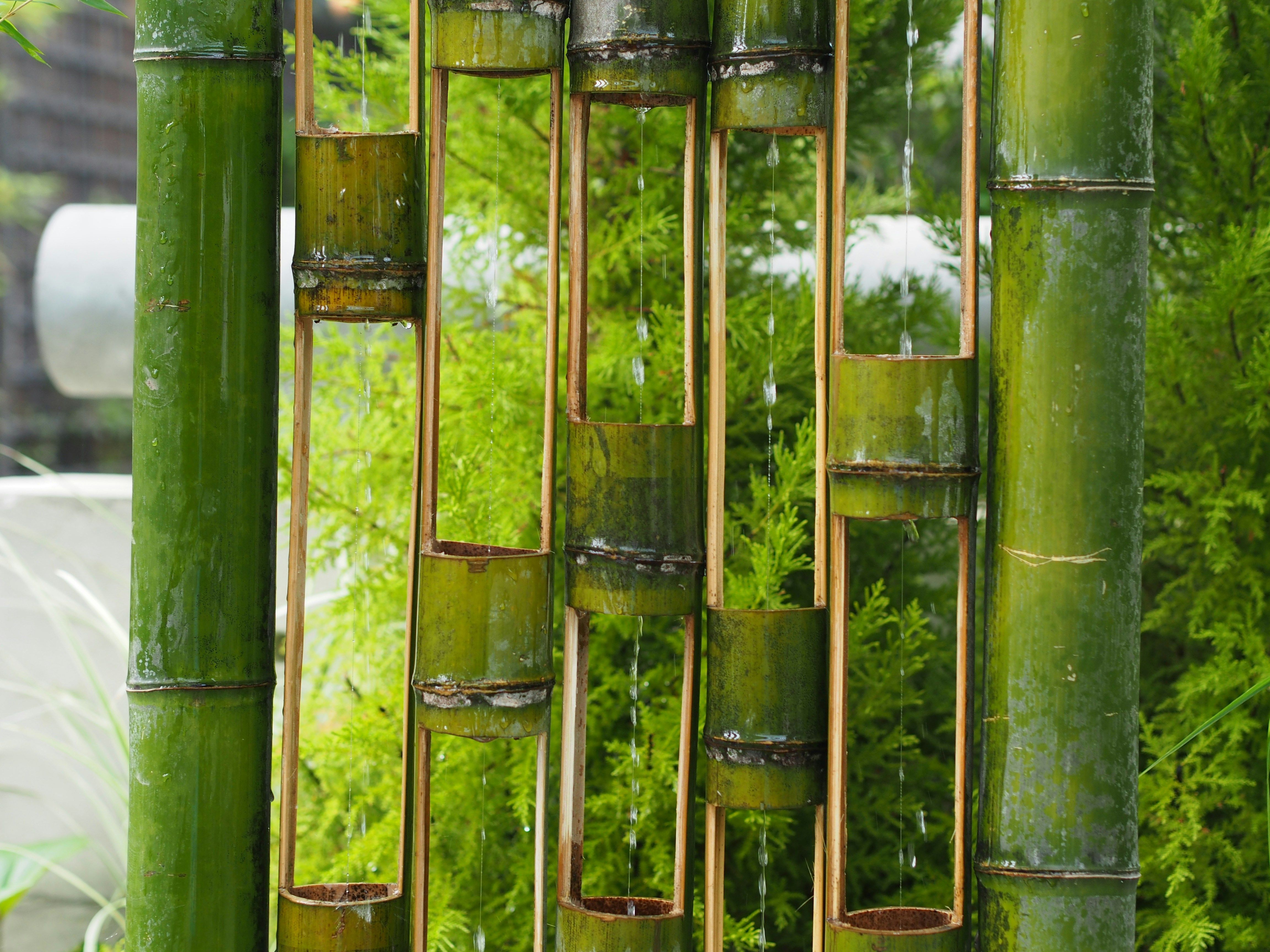
People with fences around their property can use the panels as garden structures. Vining plants will love climbing the wood, metal, or vinyl materials. Hanging equipment can also attach potted plants to the top of the fence, allowing more of the natural world to merge with the backyard.
If you don’t have a fence, construct a stand-alone wall in your indoor or outdoor spaces. Bamboo is super on trend and one of the most environmentally friendly materials you can use. With 1,000 of species to choose from, you can really get a variety that complements the home’s aesthetic. Reclaimed wood and cork also work really well, incorporating nature into your home with minimal environmental impact.
4. Decorative Water Features
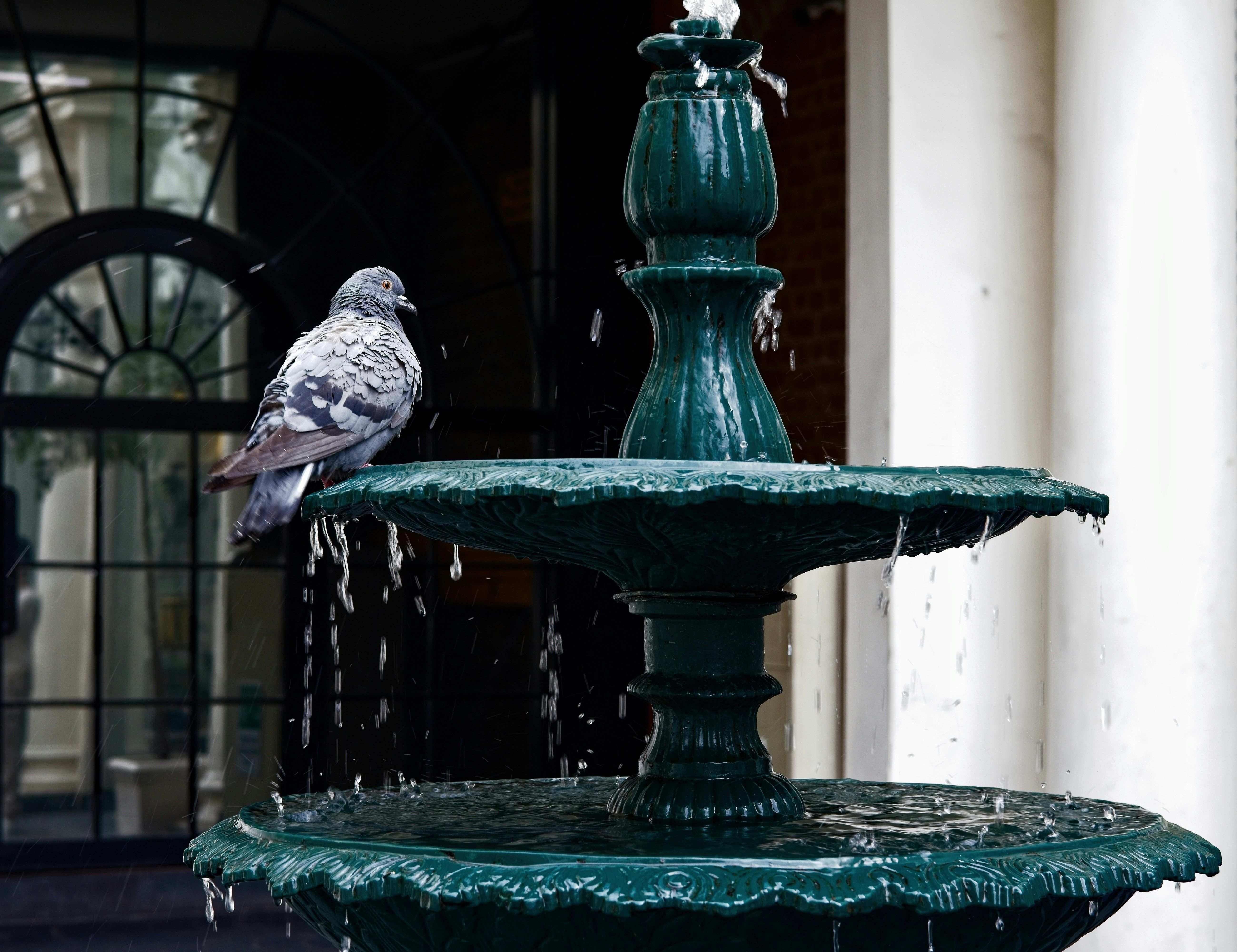
The Earth wouldn’t be the same without water, so it’s a leading part of biophilic design principles. Place an indoor fountain on a countertop or construct a bird bath off a back porch. Small ponds will layer aquatic plants and rippling texture to a backyard. The best choice depends on what you or your client feels is best for the space, given their budget and existing home features.
5. Air Plant Additions
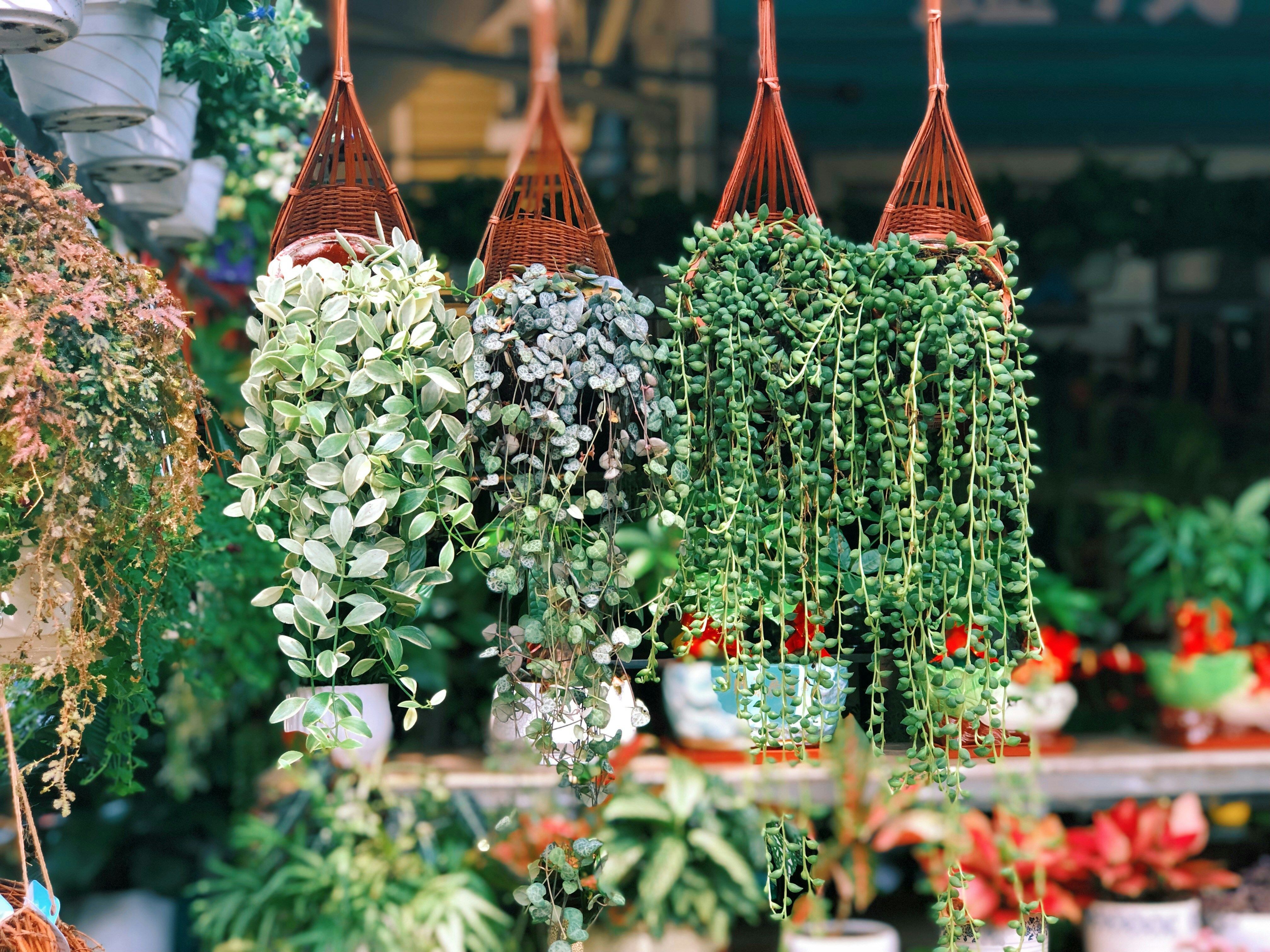
If the idea of caring for plants causes someone stress, they can always decorate with air plants. The specialized species grow without soil or pots, so strict watering schedules won’t be an issue. Place them on any surface to texturize a space while making it greener.
The size of each air plant also makes them interesting design elements. You could create a fairy garden with them or place them in a hollowed-out book. They’re easy to incorporate with numerous aesthetics, so your design dreams can work with any biophilic design home preference.
6. Natural Fiber Rugs
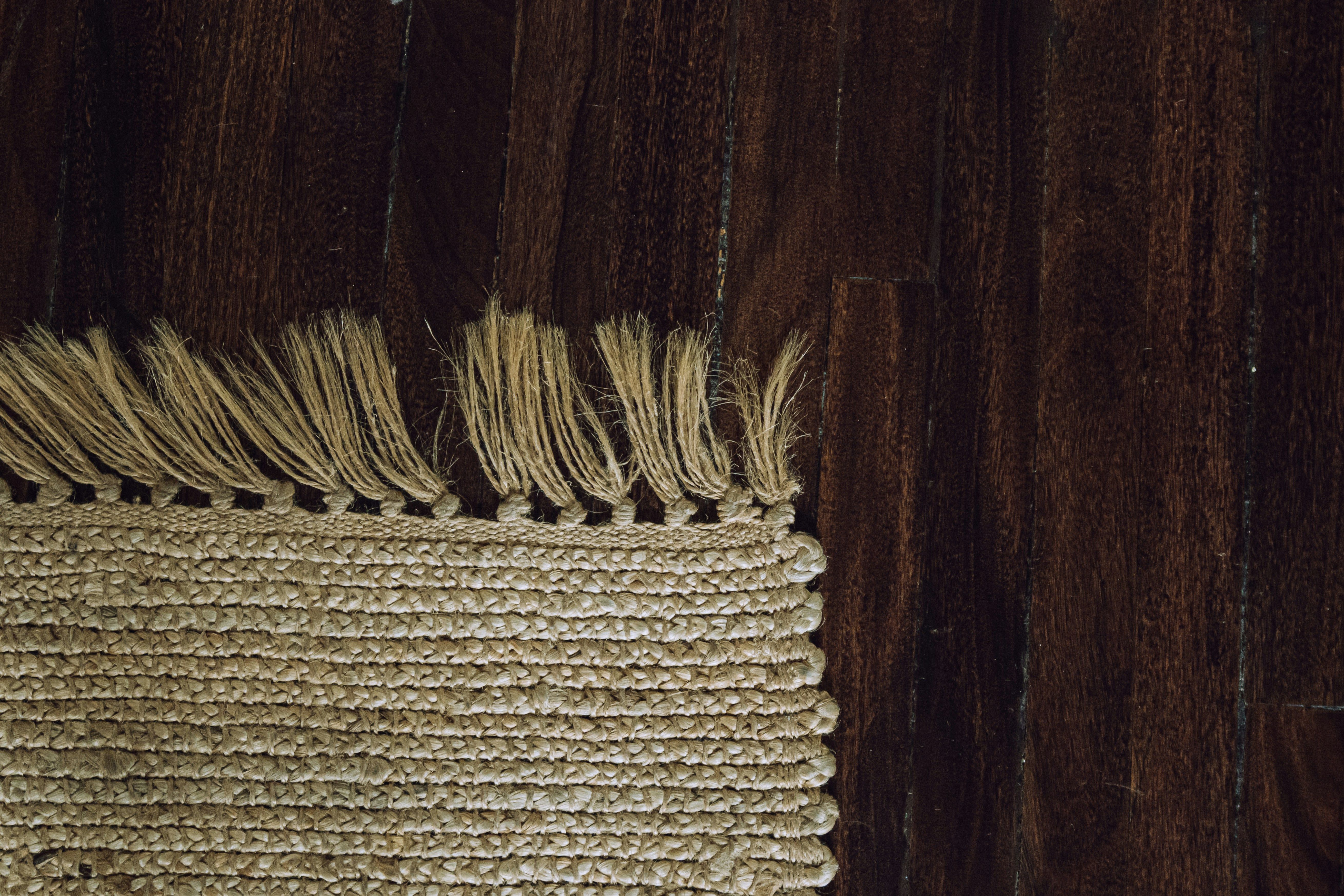
Fiber is an easy way to add more of the natural world to any home. The texture is different from standard carpets or flooring.
Place a woven fiber rug underneath the living room or screened porch furniture. You’ll upgrade the room’s appearance with one easy addition.
7. Refreshed Wall Paint
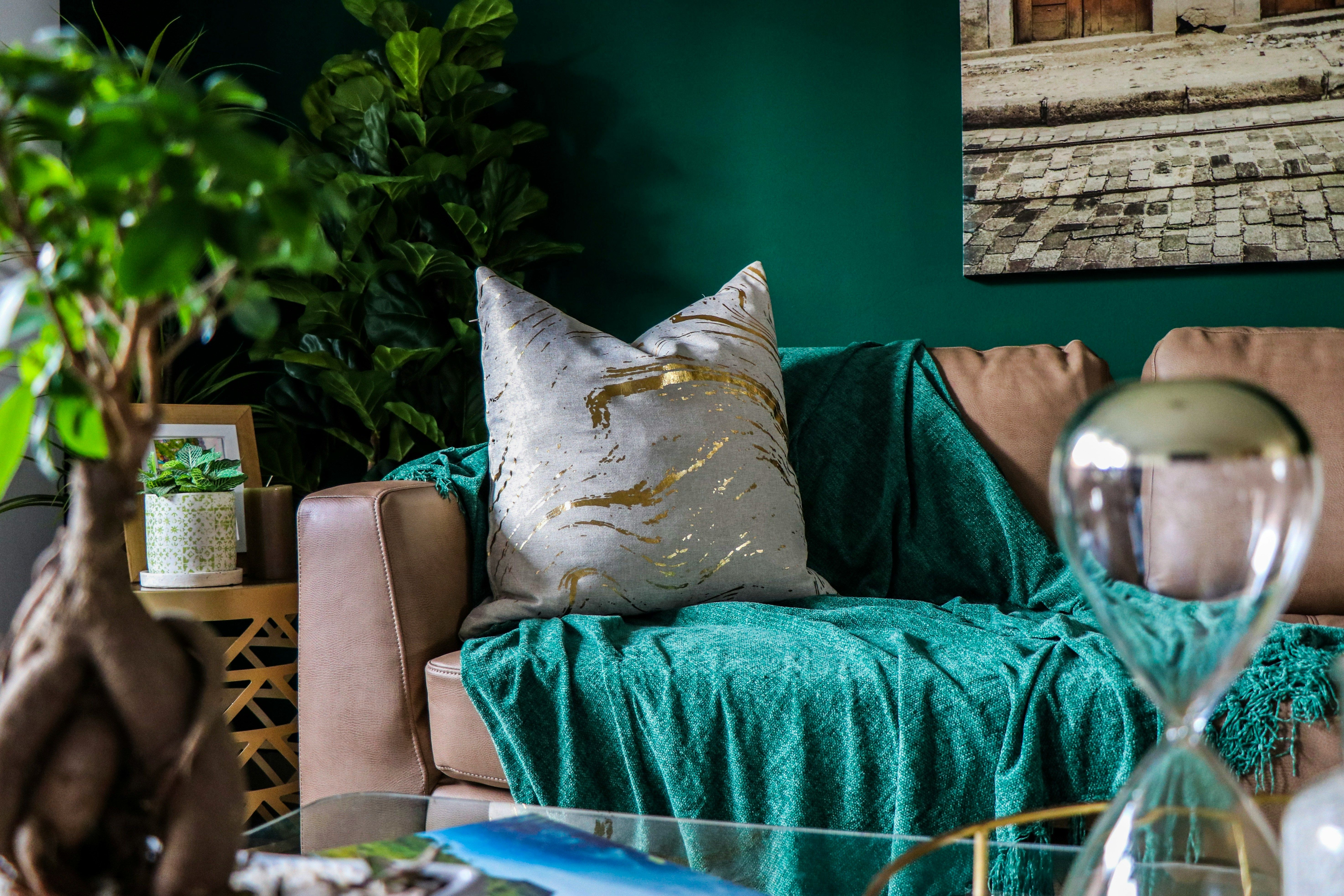
A different paint color can make a home feel new. If you think your next biophilic interior upgrade includes a paint project, aim for shades that occur in nature.
You could turn a room into a sage green, ocean blue or autumn orange oasis. They’re hues people associate with positive emotions, so you may feel happier with those new paint colors around your home. The shade could also complement other design aspects you’re incorporating, like more greenery or water-inspired decorations.
8. Pollinator Garden Spaces
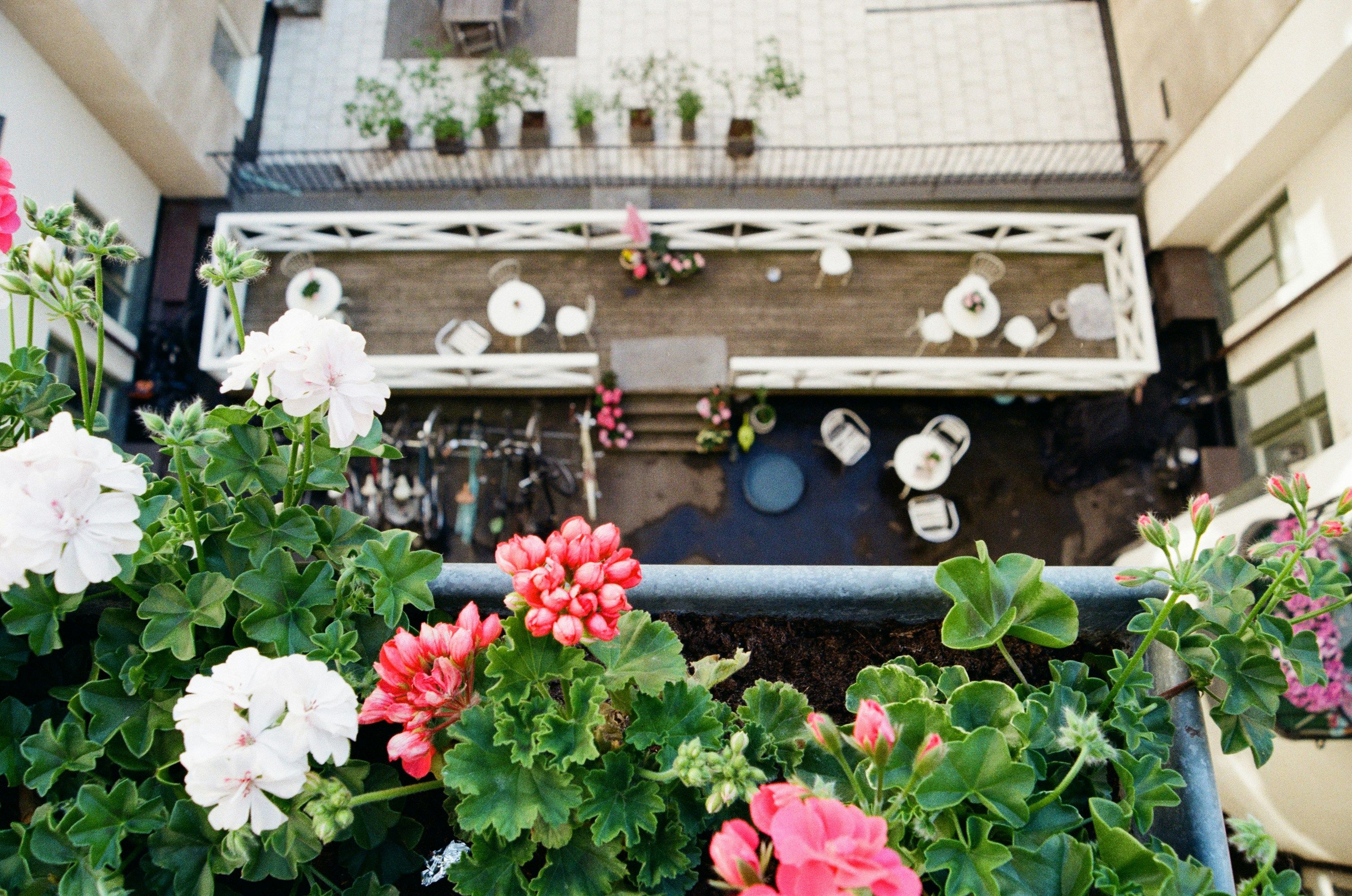
Homeowners with any outdoor space or balcony can make their property a home for pollinators, like butterflies and bees. Make local plants part of your next biophilic design project with potted varieties or an in-ground garden. If you choose ones that specifically feed or house local pollinators, you’ll support your region’s ecosystem while giving your property new texture layers.
9. Solar Walkway Lighting
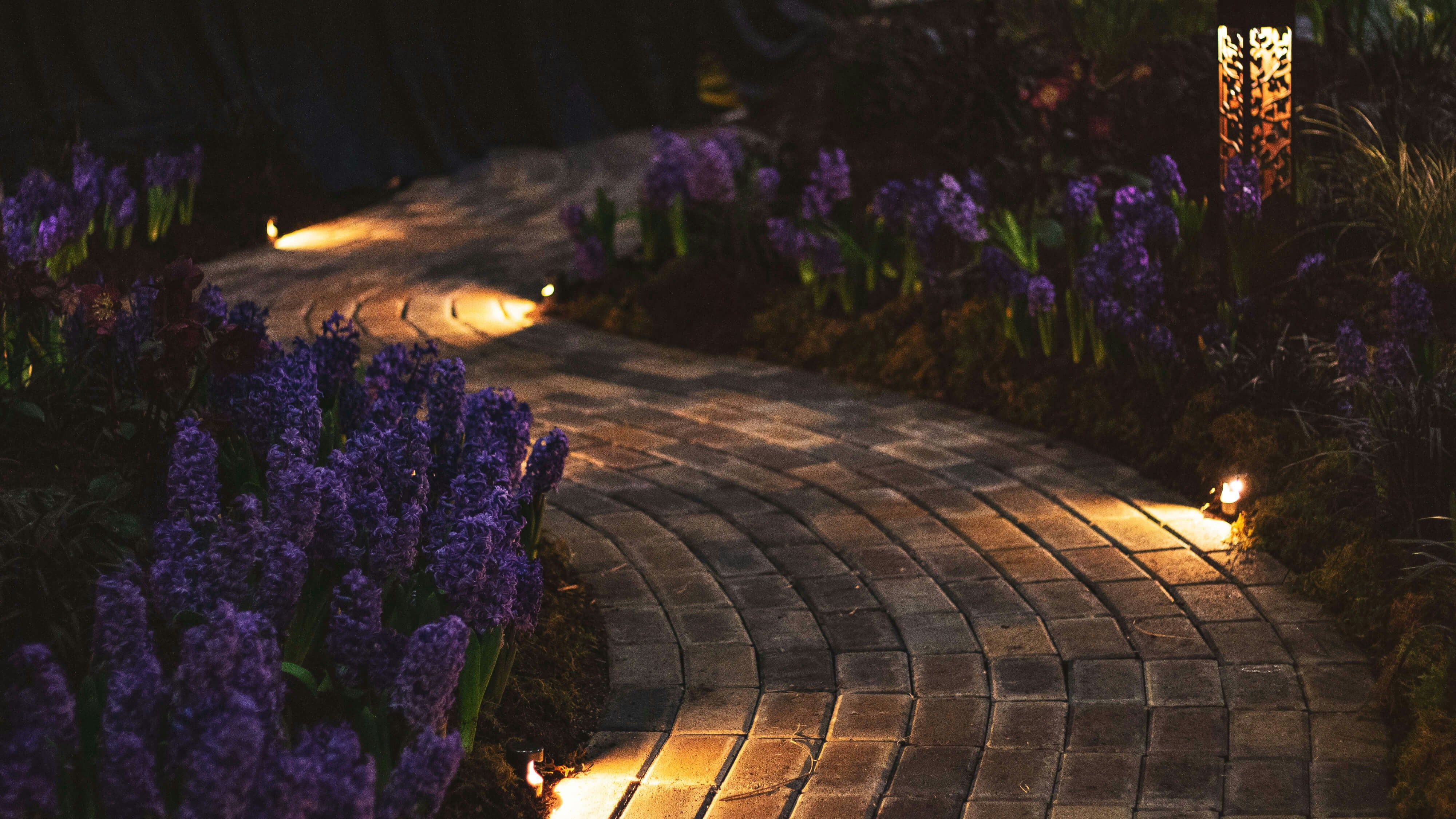
If you want to use your outdoor space for longer socialization in the evenings, don’t dig up the soil to put in electrical lines. Instead, add walkway lighting that charges with mini solar panels. The eco-friendly power prioritizes the planet and provides the illumination you need for after-dinner lounging on your back porch.
Avoiding any digging projects helps the environment, too. Soil contains billions of essential microbes that are important for the ecosystem. Moving soil to install lighting along your property could disrupt biological processes, which has ripple effects on living things in your region.
Enhance Your Home With Biophilic Design Elements
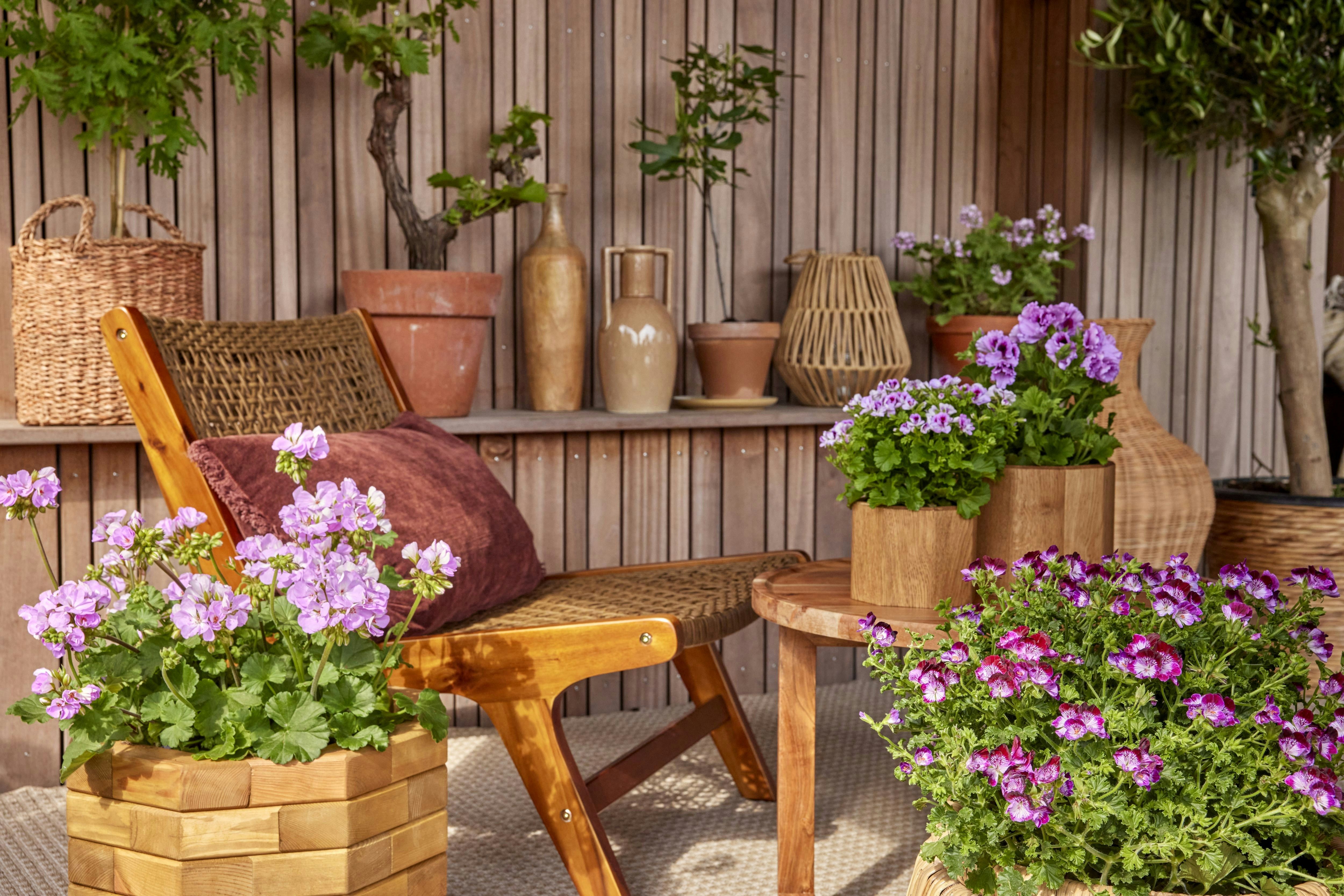
Creating a biophilic interior design home layout or helping a client achieve the same goal can be simple. Think about straightforward projects that work best with what’s already in the home. Growing plants, using different textures or changing the colors will merge the environment with anyone’s living space.
Ready to bring your biophilic design vision to life? The DecorMatters app lets you experiment with layouts, textures, and colors before making a move. Download the app to design your dream summer space—no stress, all creativity.
UP NEXT: Summer Decorating: 24 Refreshing Ideas to Spruce Up Your Home
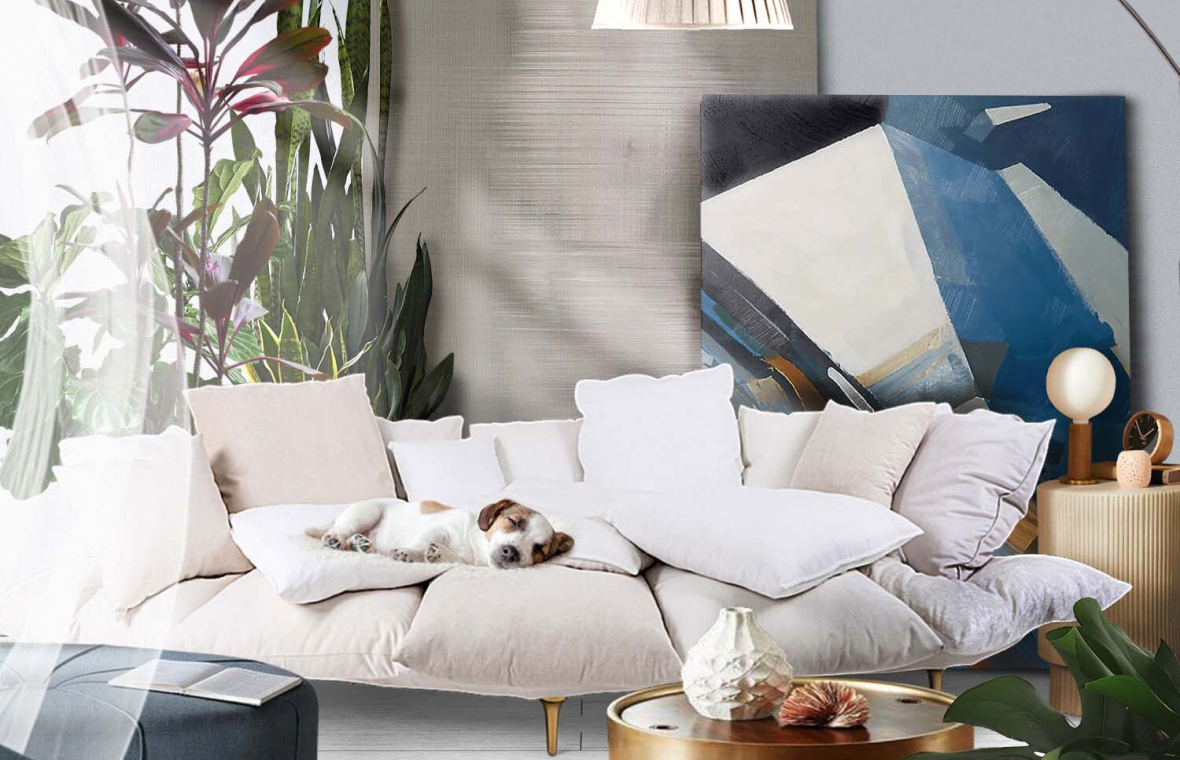
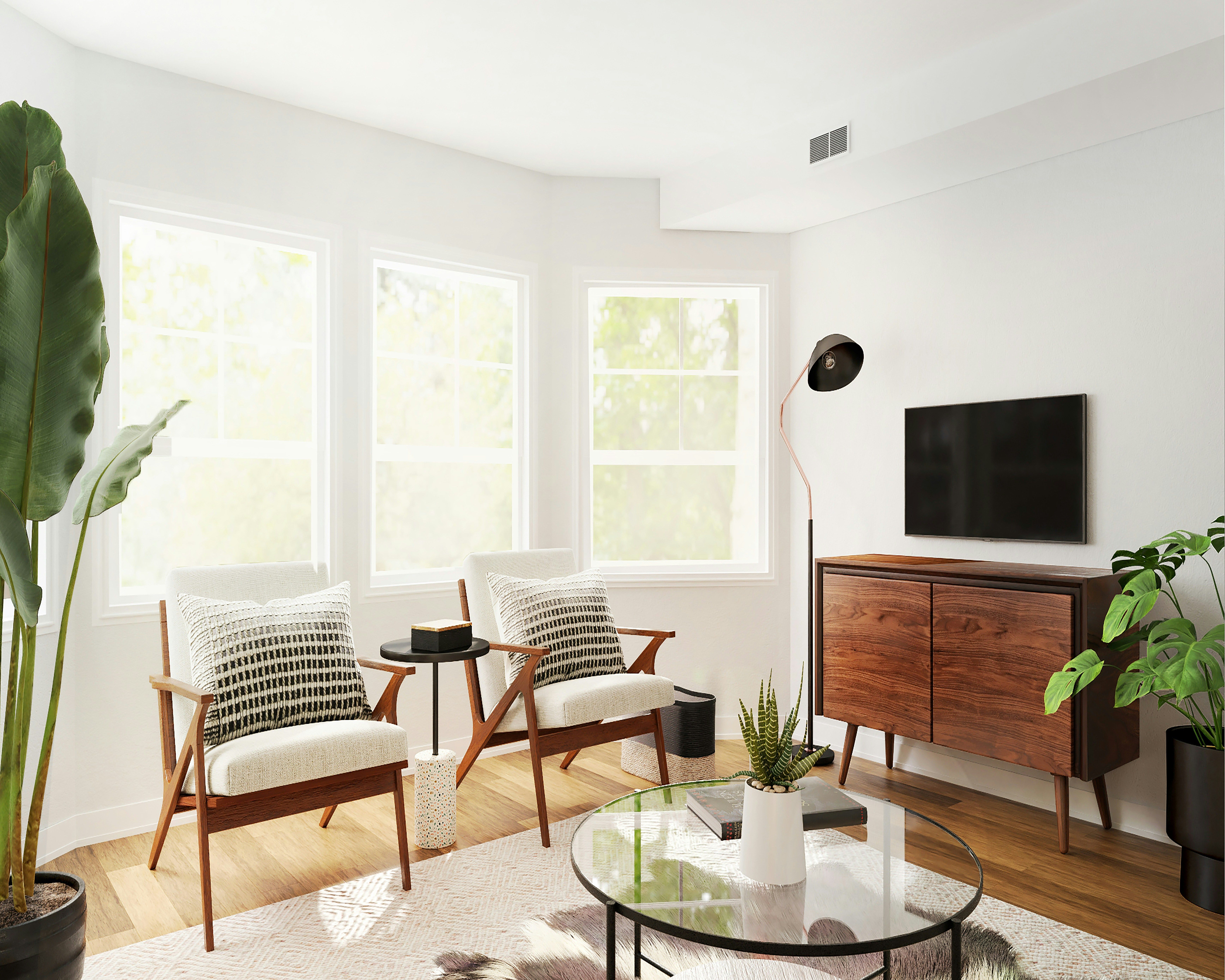
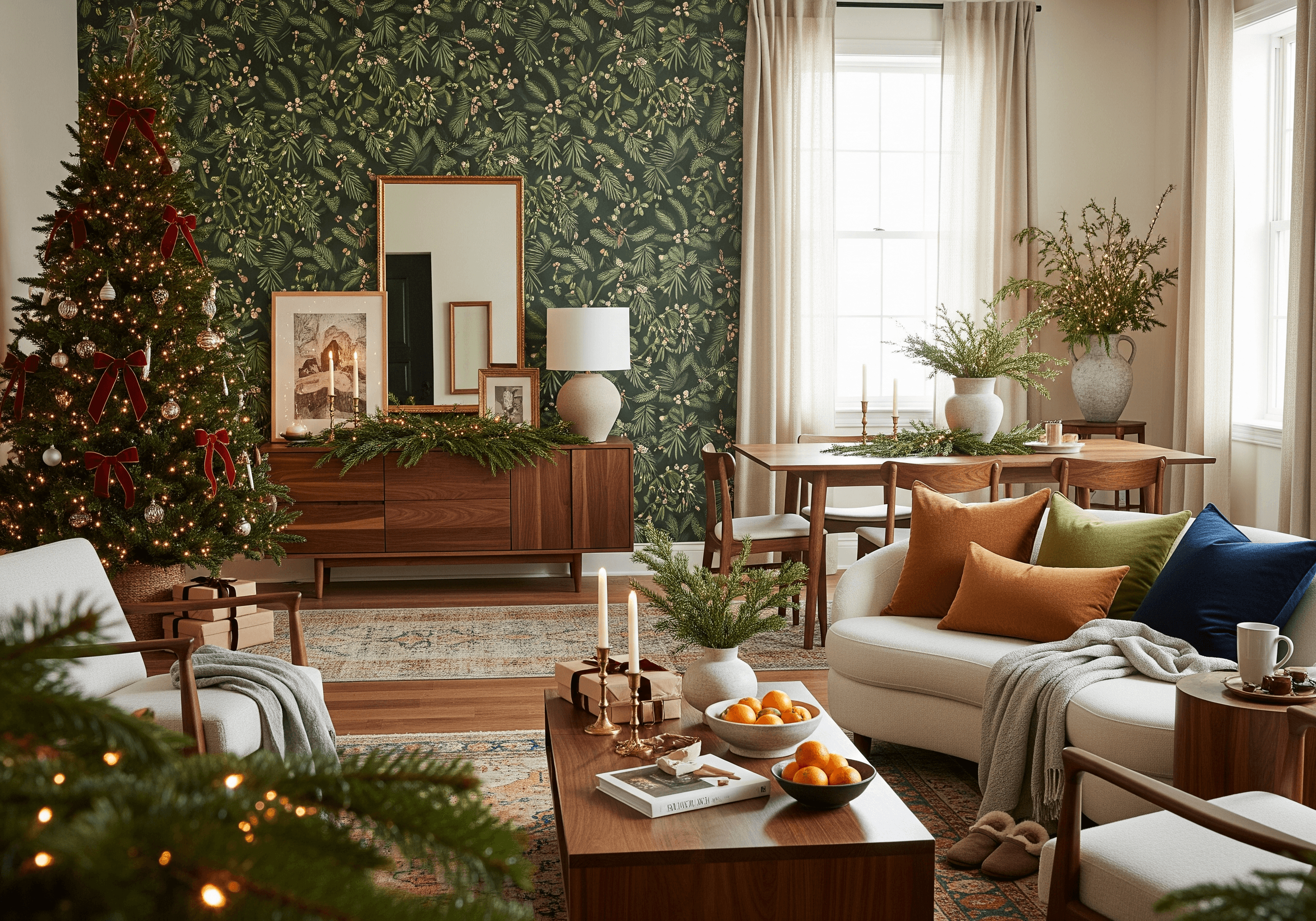
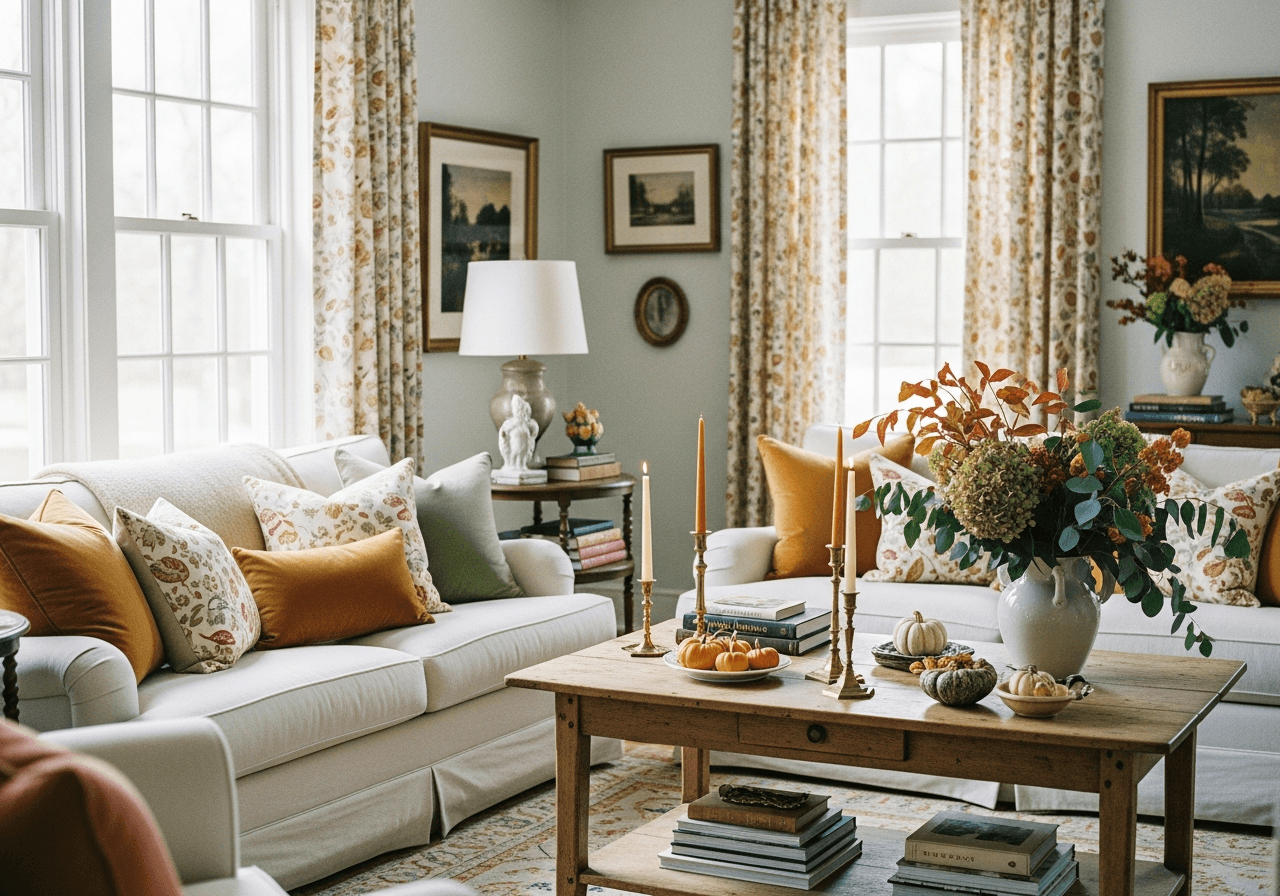
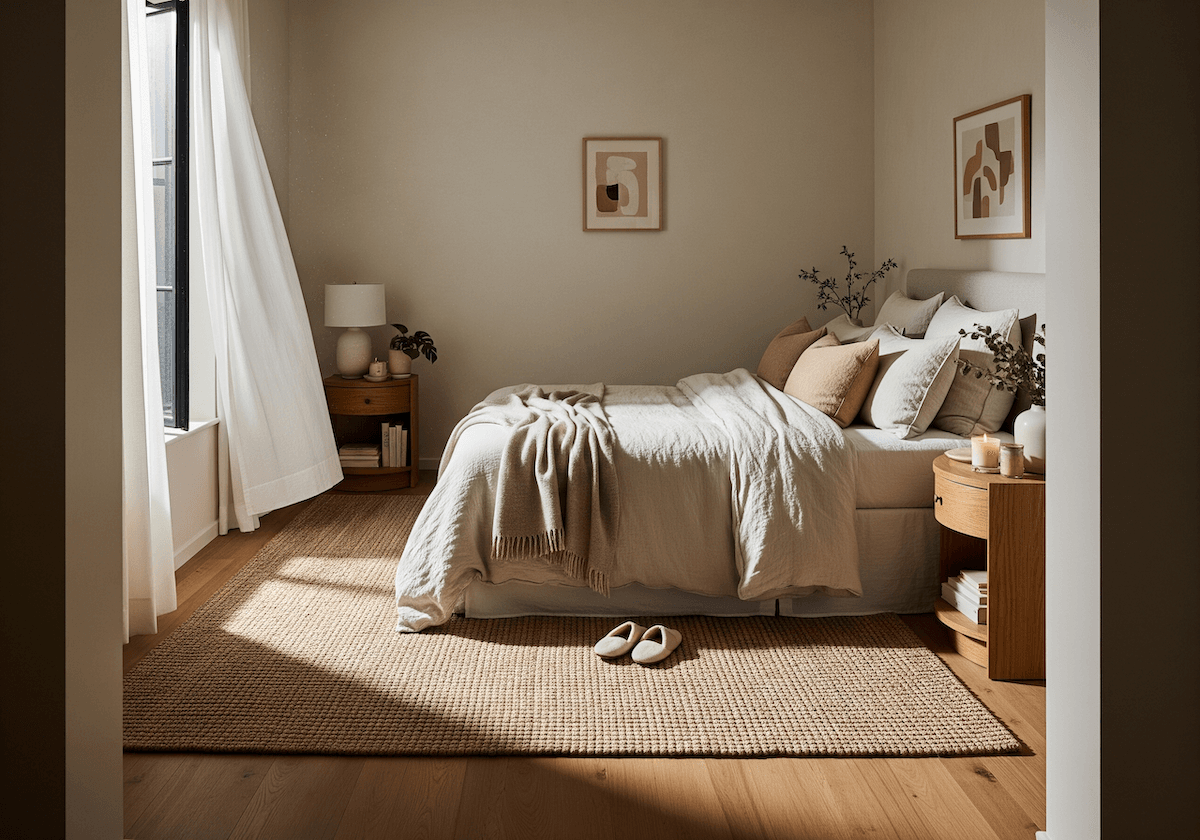
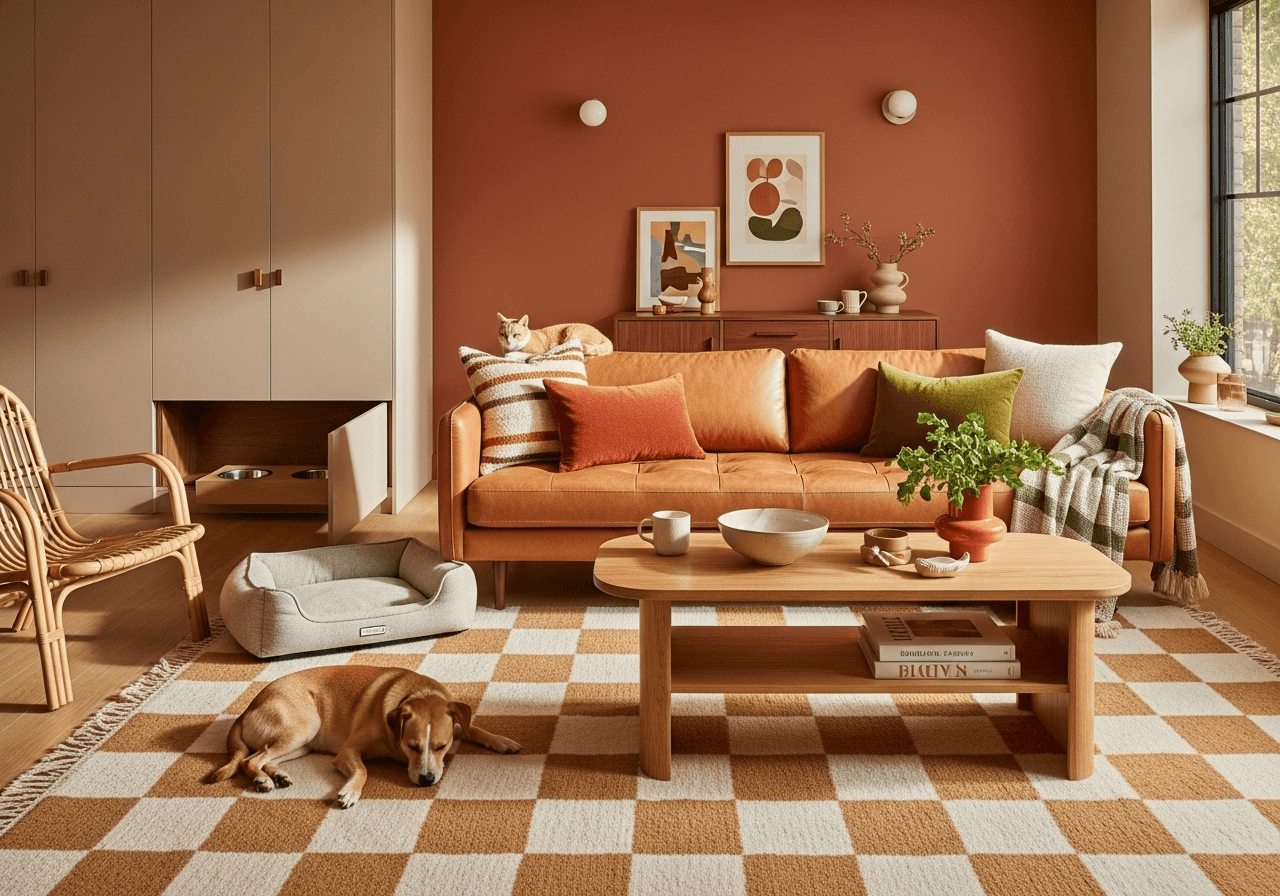
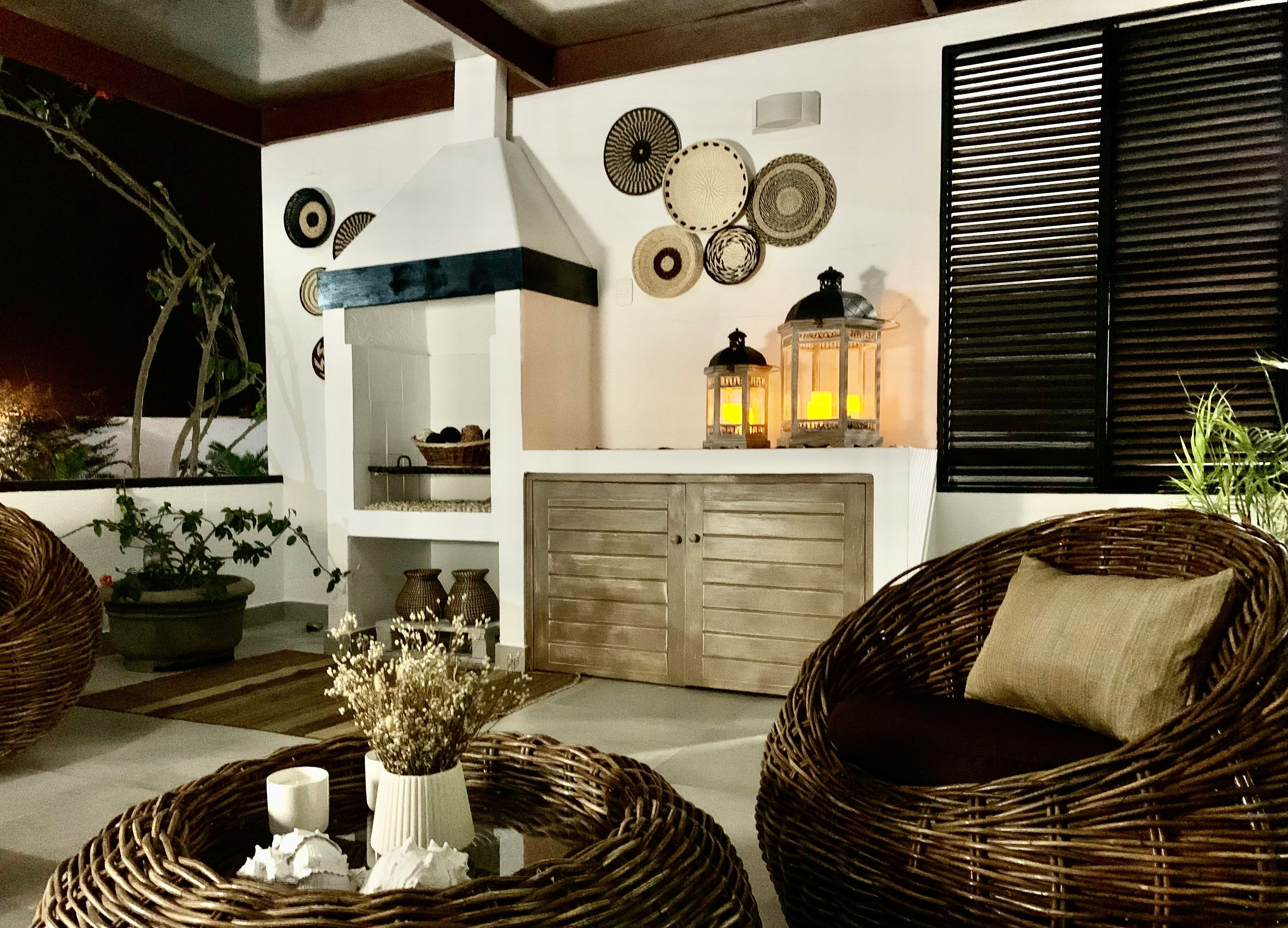


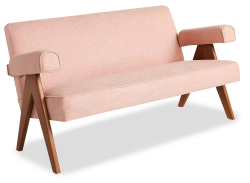
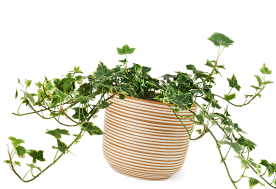
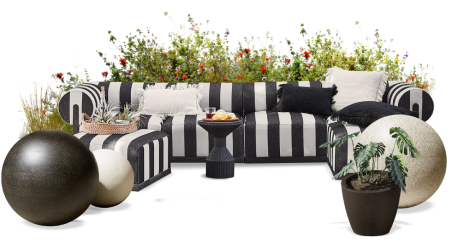
 20h left
20h left

